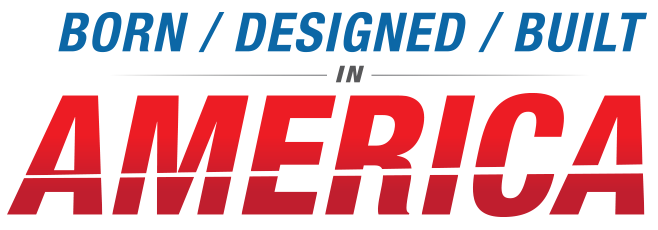
Literally within days of each other, prototypes have been spotted and rumors have been confirmed that there will be both a ZR1 version of the current C7 Corvette and a mid-engine C8 upcoming. I know that is a lot of Corvette news in a short amount of time and it is seemingly contradictory, but stay with me here.
The C7 Corvette platform debuted for the 2014 model year, revitalizing the Stingray nameplate for the base car. The following year the Z06 was released (unveiled at the 2014 North American International Auto Show), brandishing its wide-body and a supercharged version of the 6.2L Gen V V-8 platform. In March 2015 (at the Geneva Auto Show) the 2017 Grand Sport was unveiled, which follows the same formula as the C6 – Z06 wide-body treatment and handling upgrades along with the base model’s 460hp V-8. If we continue the C6’s product formula, the C7 is due for a ZR1 variant in the 2018 model year. As such, it should provide a power upgrade over the Z06’s 650hp LT4, but how?
When a ZR1 mule broke cover recently, Autoblog (among others) speculated that it could be a twin-turbo version that makes over 700hp and dubbed the “LT5” (to follow the Gen II nomenclature). From having worked with the Z06’s LT4, I will propose an alternate theory, which is that it could have a larger supercharger – say 1.9 or even 2.3L like the previous ZR1. The bigger blower and perhaps a few other tweaks could support over 700hp while sharing many of the LT4 components. For those of you skeptics out there, from the pictures it is clear that it is a C7 Corvette and it is definitely not mid-engine. And since the Grand Sport is already on the street, what other C7 would be so heavily camouflaged? Mounts for an unattached wing, an exposed carbon fiber hoop (like the C6 ZR1), blue brake calipers (also like the C6 ZR1), and plenty of cooling scoops are evident from the photos.
If, in fact, the ZR1 debuts for the 2018 model year, we should expect an official announcement no later than early next year. This, then, raises the question as to when and where a mid-engine model fits in. According to The Detroit News: early 2019. Moreover, its sources report that the current generation will run until 2021 when the mid-engine C8 – code-named “Emperor” – becomes the sole Corvette. The C7 uses a front-mid arrangement, which places the engine behind the front wheels. However, many feel that placing the engine behind the driver and in front of the rear wheels is a better method of balancing the handling as well as providing greater platform flexibility for variations such as all-wheel-drive and hybrid-electric models to mirror other currently available supercars. An announcement is expected in early 2018 and production starting late in the year. Former chief engineer Tom Wallace and head of product development Bob Lutz weighed in on the mid-engine, hybrid Corvette. In fact, Lutz says he was approved for an all-wheel-drive Corvette in 2007, but had to scrap it due to the impending bankruptcy.
Some may think that these rumors are simply perpetuated by the media, and that there is no basis for a mid-engine, all-wheel-drive, hybrid Corvette. However, it is important to keep in mind that the Corvette has always been about pushing the boundaries of technology to produce the ultimate performance. Through his many prototypes, it was apparent that engineer Zora Arkus-Duntov (aka “Father of the Corvette”) only cared about performance. He was a racer after all, and director of high performance at Chevrolet. In 1959 Duntov built the first mid-engine prototype (dubbed CERV), and the early ‘60s sequel used two separate torque converters for the front and rear drive wheels. If this is any indication, the only legacy that Duntov or the Corvette team cared about is the legacy of winning – not the legacy of an outdated platform.






